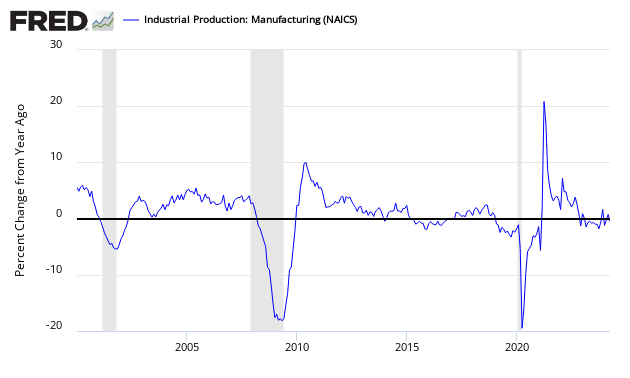Richmond Fed Manufacturing Growth Contracts In February 2014
Of the four regional Federal Reserve surveys released to date, two show manufacturing expanding in February 2014.
Manufacturing in the Fifth District slowed, according to the most recent survey by the Federal Reserve Bank of Richmond. Shipments and the volume of new orders declined. Hiring flattened, while the average workweek shortened and average wage growth rose. The backlog of orders declined and vendor lead time remained flat in February, as capacity utilization lost traction.
Manufacturers were less optimistic about their future business conditions than they were a month ago. Firms anticipated slower growth in shipments and new orders. Additionally, producers looked for flat backlogs and slower growth in capacity utilization. Survey participants expected the number of employees and wages to grow on pace with last month’s outlook, with slower growth in the average workweek. Expectations were for vendor lead time to remain unchanged.
Raw materials and finished goods prices rose at a slower pace in February compared to last month. Manufacturers expected faster growth in prices paid and prices received over the next six months compared to last month’s predictions.
Current Activity
The composite index of manufacturing dipped to a reading of −6 following last month's reading of 12. The index for shipments fell 20 points, ending at −6, and the index for new orders dropped 23 points, finishing at a reading of −9. The index for the number of employees shed six points, settling at 0. As a result of bad weather a few survey participants reported that manufacturing facilities experienced downtime in February, with some reductions in shipments.
Vendor lead time remained unchanged at a reading of 0, while the backlog of orders index slipped six points to settle at −8. The capacity utilization index also declined, falling in February to −7 from 11.
Finished goods inventories built up at nearly the same rate as a month ago; the index climbed one point to 13. Raw materials inventories grew faster; that gauge moved to 17 from 4.
Read entire source document from Richmond Fed
Summary of all Federal Reserve Districts Manufacturing:
Richmond Fed (hyperlink to reports):
/images/z richmond_man.PNG
Kansas Fed (hyperlink to reports):
/images/z kansas_man.PNG
Dallas Fed (hyperlink to reports):
/images/z dallas_man.PNG
Philly Fed (hyperlink to reports):
/images/z philly fed1.PNG
New York Fed (hyperlink to reports):
/images/z empire1.PNG
Federal Reserve Industrial Production - Actual Data (hyperlink to report)

Holding this and other survey's Econintersect follows accountable for their predictions, the following graph compares the hard data from Industrial Products manufacturing subindex (dark blue bar) and US Census manufacturing shipments (lighter blue bar) to the Richmond Fed Survey (dark green bar).
Comparing Surveys to Hard Data



/images/z survey1.png
In the above graphic, hard data is the long bars, and surveys are the short bars. The arrows on the left side are the key to growth or contraction.
None









